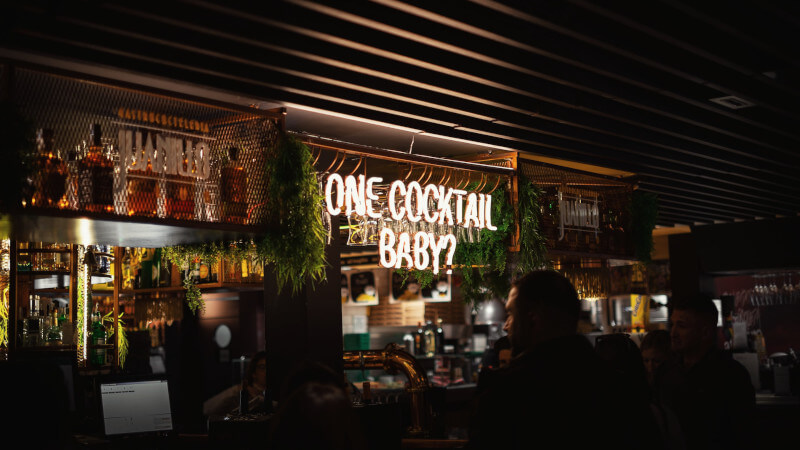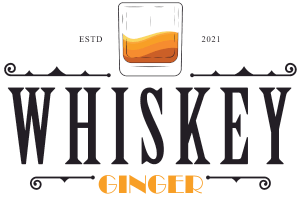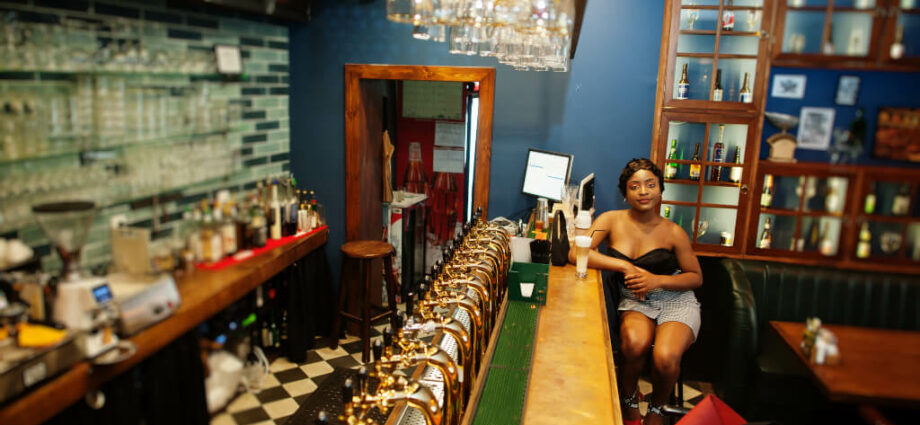Whisky bars have gained a reputation for being stubbornly stuck in the past, perpetuating clichés about Scotch that have been around for decades (think tartan, haggis, and Scotch as the drink of older gents). How ironic! The whisky business as a whole has come a long way from its medieval roots, leaving behind images of heather, stags, and pipers.
Imagine a Standard Whisky Bar
What is the first thing that comes to mind when you hear the words “whisky bar”? Many people, when they think of a wine cellar, picture a classic library with shelves crammed with expensive bottles. The Quaich Bar at the Craigellachie Hotel in Speyside is one such place, while the SMWS Members’ Room at The Vaults in Leith is another. However, the fact remains that many of these places are stuck in a rut of leather, dark wood, and the ubiquitous wing-backed chairs.
Why does this out-of-date perception of whisky persist, especially in societies where people should feel safest trying it for the first time? Is there a reason why unfavorable generalisations about those who enjoy drinking whisky persist?
Stereotypical Ideas of Whisky Bars
There are few better examples of this cliche than the four Boisdale whisky bars that may be found all around London. A particular customer may find them endearing, despite the classic mahogany and red decor, tartan-clad chairs, and somewhat exclusive “boys’ club” vibe. It’s possible to feel intimidated by it. A first-time visitor to Boisdale may have their preconceived notions about whisky bars reinforced by their time there.
Let’s not be too quick, though; even cutting-edge businesses can succumb to cliche. In London’s Hoxton Square, for example, the ‘punk Scotch’ bar Iron Stag debuted with giant portraits of Maggie Thatcher and ironwork stags, an odd blend of the old and the new.
Canon in Seattle and the Merchant House on Fleet Street in London, on the other hand, pull off the rich oak design without the typical connotations. Black Rock, on the other hand, is a forward-thinking establishment that does away with the standard bar layout in favor of a more interactive experience for its customers by way of, among other things, an oak centerpiece through which streams of whisky flow. What are the real challenges these clichés present, especially if they continue to persist?
Challenges Presented by Whisky Bar Stereotypes
- Intimidation for Newbies: The classic mahogany and red ambiance or the tartan-clad chairs may appeal to a niche group of seasoned whisky drinkers, but for those just venturing into the world of whisky, it can be daunting. In the context of bars like Boisdale in London, if someone is new to the world of whisky, their experience might reaffirm biases against whisky bars. Similarly, in the U.S., walking into a dimly lit, wood-paneled bar might turn away younger generations seeking a fresh, modern experience.
- Restrictive Cocktail Menus: A deep-rooted misconception persists that mixing with single malts is a no-go. This limits the creativity and range of drinks available to patrons. In America, where the cocktail culture thrives, establishments like bars in New York City or Los Angeles often shy away from blending single malts into innovative cocktails, missing out on attracting a crowd that’s intrigued by unique concoctions.
- Misguided Presentation: The tradition of organizing whiskies either alphabetically or by region, although comfortable for the bar staff, can often leave patrons feeling lost. In many American bars, this approach often doesn’t align with the country’s diverse palate, where drinkers might be more accustomed to choices based on flavor profiles, such as sweet or smoky.
Solutions and Potential Improvements
- Modernize the Ambiance: The Merchant House of Fleet Street in London and Canon in Seattle have demonstrated that a modern take, blending traditional elements with innovative designs, can appeal to a broader audience. Stateside, bars can take inspiration from trendy establishments in urban areas, which emphasize open spaces, light, and interactive experiences.
- Innovative Cocktail Menus: The U.S. has an exciting cocktail culture, with mixologists consistently pushing boundaries. By incorporating single malts, bars can craft new-age cocktails that appeal to a younger, experimental crowd. Mike Aikman’s innovative use of Craigellachie 13 in Edinburgh can serve as an inspiration for American bars. They could consider, for instance, blending a classic bourbon with unconventional ingredients, introducing patrons to new flavors.
- Intuitive Presentation: Instead of the age-old presentation methods, bars can introduce a more intuitive way, such as organizing by primary flavor categories. Bars like Nauticus, as mentioned in our main article, offer a prime example. In the American setting, this could be taken a step further with the use of technology – think interactive digital menus or tasting wheels that guide patrons based on their preferences.
How to Think Outside the Box With Ambiance
The presentation is one area where many bars fall short. Diageo’s Classic Malts tasting map has been around for a while, but most establishments still just list their offerings in alphabetical or geographical order. The bartenders will appreciate the convenience, but the customers may feel confused and unprepared. Whiskies can be broken down into six basic flavor groups according to Tristan Stephenson, a famous author and bar owner: sweet, spicy, smokey, fruity, aromatic, and balanced. This method makes sense by giving drinkers a more natural manner to navigate and appreciate whiskies.
Cocktail Conundrum

Bars that don’t serve cocktails made with single malt whiskies are missing out on a huge opportunity. Many bartenders still hold the false belief that single malts can’t be mixed because of their diverse flavors. However, these difficulties might inspire creative solutions. For instance, Mike Aikman of Edinburgh’s Bramble Pub rethought the Craigellachie 13 by adding gin to the original single malt recipe.
Even though Iron Stag is staffed by seasoned bartenders, their inaugural menu of only five drinks containing whisky falls short of expectations.
Whisky bars should be aware that by sticking to the same old beverages and promoting tired tropes, they are stifling the interest of potential new Scotch fans.
The whisky industry is a dynamic one, brimming with history, customs, and cutting-edge developments. Time for whisky bars to update their image. I’d be happy to keep the haggis bon bons, though.

